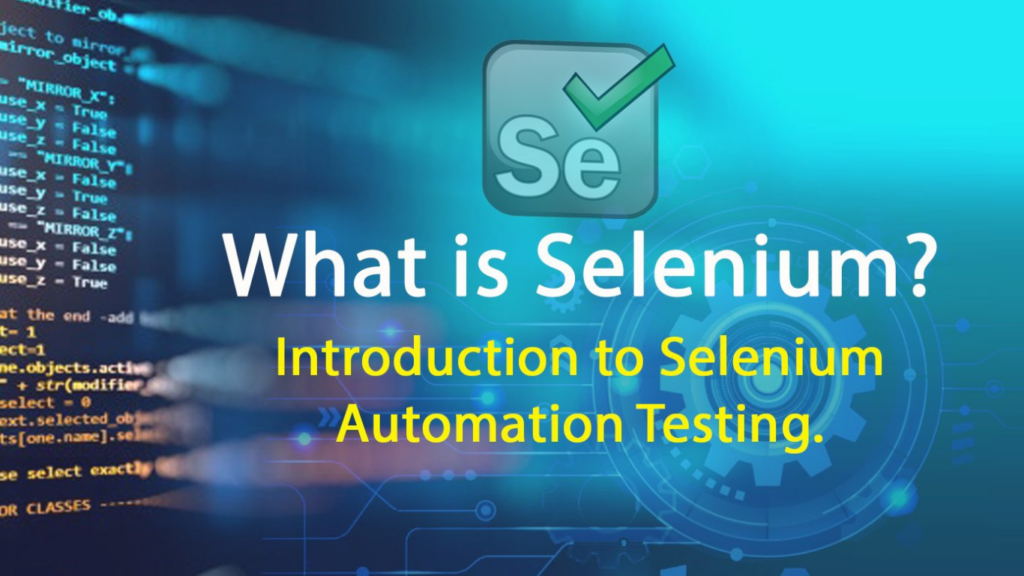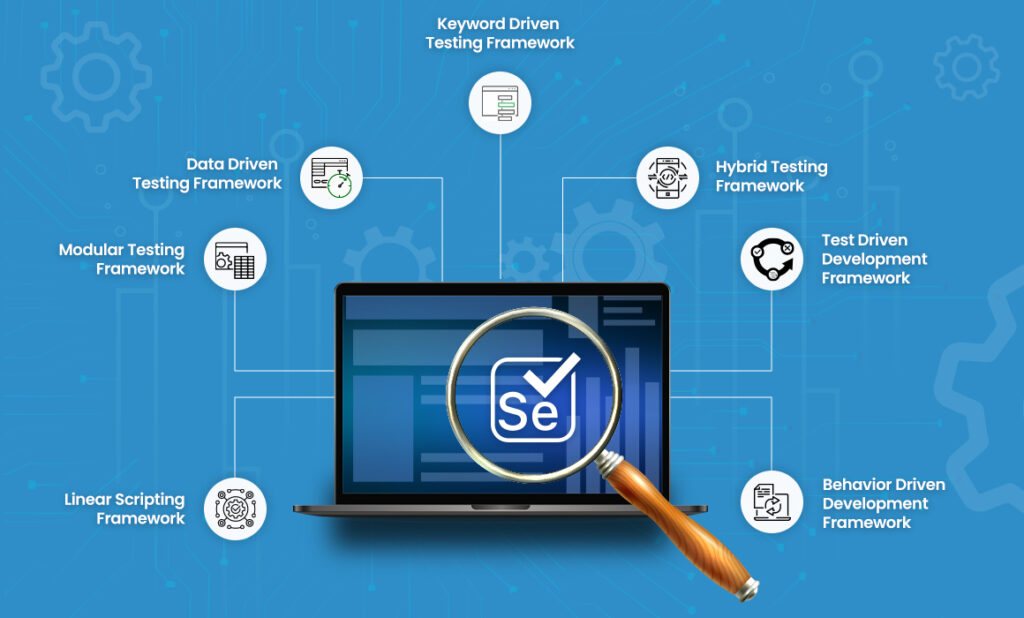Introduction:
Splunk is a robust platform designed for the search, monitoring, and analysis of data generated by machines. Whether you’re a beginner or a seasoned user, understanding the foundational concepts is crucial for mastering Splunk. In this blog post, we’ll delve into the “Intro to Splunk” quiz, providing comprehensive answers and explanations to help you ace your quizzes and exams.
What is Splunk?
Answer: Splunk is a software platform designed to search, analyze, and visualize the massive streams of machine-generated data gathered from websites, applications, sensors, devices, and more. It allows organizations to gain real-time insights and operational intelligence. Splunk can index and correlate real-time data, providing visualizations and alerts to enhance data monitoring and decision-making.
Key Features of Splunk
Answer: Some of the key features of Splunk include:
- Data Indexing: Splunk indexes machine data, making it searchable in real-time.
- Search and Investigation: With its powerful search capabilities, Splunk allows users to search and investigate data from various sources.
- Dashboards and Visualizations: Users can create custom dashboards and visualizations to monitor data and derive insights.
- Alerts and Notifications: Splunk can set up alerts for specific events or thresholds, notifying users via email or other channels.
- Scalability: Splunk can handle large volumes of data, making it suitable for organizations of all sizes.
Splunk’s Data Ingestion Process
Answer: Splunk’s data ingestion process involves collecting data from various sources, indexing it, and making it available for search and analysis. The process includes:
- Data Input: Data can be ingested from files, network feeds, logs, or APIs.
- Indexing: Once the data is collected, Splunk indexes it to facilitate fast searches.
- Parsing and Enrichment: Splunk parses the data and enriches it with metadata, making it easier to analyze.
Splunk Search Language (SPL)
Answer: The Splunk Search Language (SPL) is a query language used to search and analyze data in Splunk. SPL includes commands, functions, and operators to manipulate and visualize data. Key components of SPL include:
- Search Commands: Basic commands like
search,stats,eval, andsortare used to query and manipulate data. - Pipelines: SPL uses pipelines (
|) to chain multiple search commands together. - Functions and Operators: Functions like
avg,count, andsumare used for aggregations, while operators likeAND,OR, andNOTare used for logical operations.
Understanding Splunk Dashboards
Answer: Splunk dashboards are visual representations of data, consisting of panels that display charts, tables, and other visual elements. Dashboards are highly customizable and can be used to monitor key metrics, identify trends, and track performance. Key features include:
- Panels: Each panel can display different visualizations, such as bar charts, line charts, or pie charts.
- Drilldowns: Dashboards can include drilldowns, allowing users to click on a chart element to view more detailed information.
- Tokens and Variables: Dashboards can use tokens and variables to make them dynamic and interactive.
Splunk Data Models
Answer: Splunk Data Models are frameworks that define a hierarchical structure of data, enabling users to generate reports and visualizations more efficiently. Data Models provide a high-level abstraction of raw data, making it easier to work with complex datasets. They consist of:
- Data Model Objects: Represent different types of data, such as events, transactions, and datasets.
- Attributes: Define the fields and characteristics of the data model objects.
- Data Model Acceleration: A feature that speeds up data retrieval and report generation by precomputing and storing results.
What are Splunk Apps and Add-ons?
Answer: Splunk Apps and Add-ons are extensions that enhance Splunk’s functionality. Apps provide pre-built dashboards, reports, and visualizations for specific use cases, while Add-ons are modular components that extend Splunk’s capabilities. Examples include:
- Splunk Enterprise Security (ES): An app for security monitoring and analytics.
- Splunk IT Service Intelligence (ITSI): An app for IT operations and monitoring.
- Add-ons: Include integrations with various data sources, such as databases, cloud services, and more.
Splunk Alerts and Reports
Answer: Splunk Alerts notify users when specific conditions are met, such as unusual activity or system failures. Alerts can be configured to trigger based on real-time or historical data. Reports, on the other hand, are scheduled searches that generate and display results in a specific format. Key features include:
- Alert Actions: Actions like sending an email, running a script, or triggering a webhook can be configured for alerts.
- Report Scheduling: Reports can be scheduled to run at specific intervals, generating results for regular review.
- Alert Conditions: Conditions can be defined using SPL, with options for threshold-based, correlation-based, and other alert types.
Common Splunk Quiz Questions
Answer: Here are some typical questions you might encounter in an “Intro to Splunk” quiz:
- What is the primary function of Splunk? Splunk is used for indexing, searching, and analyzing machine-generated data.
- How does Splunk handle data ingestion? Splunk collects, indexes, and enriches data from various sources, making it searchable and analyzable.
- What are Splunk Data Models? Data Models in Splunk are hierarchical frameworks that define data structures for efficient reporting and analysis.
- What is the purpose of Splunk Alerts? Splunk Alerts are used to notify users of specific conditions, such as security incidents or system issues.
Tips for Success in Splunk Quizzes
Answer: To excel in Splunk quizzes, consider the following tips:
- Understand the Basics: Make sure you understand core concepts like data indexing, SPL, dashboards, and alerts.
- Practice with SPL: Familiarize yourself with the Splunk Search Language by practicing common commands and queries.
- Explore Splunk Apps: Learn about different Splunk Apps and Add-ons, as they often come up in quizzes.
- Use Splunk’s Documentation: Splunk’s official documentation is an excellent resource for in-depth learning and clarification.
- Stay Updated: Keep up with the latest Splunk features and updates, as the platform continuously evolves.
Conclusion:
Splunk is a versatile tool that plays a critical role in modern data analytics and monitoring. By mastering the fundamentals and understanding the key concepts, you’ll be well-prepared to tackle any “Intro to Splunk” quiz. Whether you’re pursuing certification or aiming to enhance your knowledge, this guide provides a solid foundation to succeed.




























